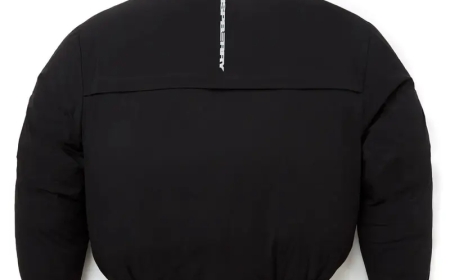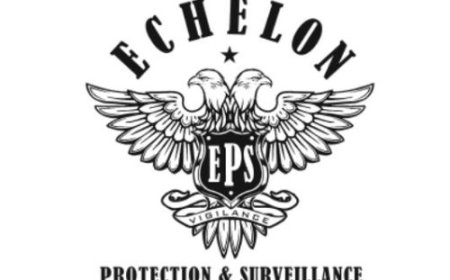Stump Grinding: The Complete Guide to a Clear and Safe Yard
Stump grinding may seem like a minor detail after tree removal, but it’s a major upgrade for your yard’s look, safety, and usability. Whether you want to reclaim space, prevent pests, or just clean up your property, grinding down that old stump is a smart move.

Stump grinding is the process of removing a tree stump by using a machine with a rotating cutting disc that chips away the wood. Unlike full stump removal, which involves digging out the entire root system, stump grinding only eliminates the visible portion and a few inches below ground level.
Think of it like giving your yard a fresh haircuttrimming down the unwanted "stubble" left behind after tree removal.
Why Should You Grind a Stump?
Leaving a stump in your yard might not seem like a big deal, but it can create all kinds of problems.
Heres why stump grinding is a smart move:
-
Aesthetics: Stumps are unattractive and can ruin the look of your landscaping.
-
Safety: Tripping hazard for kids, pets, and even lawn equipment.
-
Pest Prevention: Decaying stumps attract termites, ants, and beetles.
-
Regrowth: Some stumps sprout new shoots, causing regrowth you dont want.
-
Space Reclaiming: Want to plant grass, flowers, or a new tree? That stumps gotta go.
How Stump Grinding Works: Step-by-Step
1. Assess the Stump
Size, wood hardness, and location are checked to determine the right approach and equipment.
2. Prepare the Area
Rocks, debris, and obstacles are cleared. Barriers may be set to protect surrounding property.
3. Grinding Begins
A stump grinder is rolled into place. The rotating blade grinds the stump down, typically 412 inches below the surface.
4. Clean Up
Grinding leaves behind a pile of wood chips and soil. You can use this as mulch or have it hauled away.
5. Optional: Fill and Replant
Once the area is cleared, you can add topsoil and reseed with grass or prepare it for landscaping.
Stump Grinding vs Stump Removal
| Feature | Stump Grinding | Stump Removal |
|---|---|---|
| Speed | Faster | Slower and more labor-intensive |
| Cost | More affordable | More expensive |
| Root System | Left in the ground | Entire root removed |
| Soil Disruption | Minimal | Major digging and landscape impact |
| Best For | Most homeowners and landscaping plans | Construction, replanting large trees |
In most cases, stump grinding is the preferred method for speed, cost, and lower yard damage.
How Much Does Stump Grinding Cost?
Several factors affect the price:
-
Stump diameter
-
Type of wood (soft vs hard)
-
Stump location (easy or hard to access)
-
Number of stumps
-
Depth of grind requested
Typical Cost Breakdown:
-
Small stump: $75$150
-
Medium stump: $150$250
-
Large stump: $250$400+
Pro Tip: Ask if the service includes cleanup and backfilling, so you're not left with a mess.
Can You DIY Stump Grinding?
Yes, but its not for the faint of heart.
DIY Pros:
-
Save on labor costs
-
Rent equipment for a day ($100$300)
DIY Cons:
-
Heavy, dangerous equipment
-
Risk of injury or property damage
-
May not grind as deep as professionals
-
Time-consuming if youve never done it before
Unless its a small stump and youre comfortable with machinery, professional help is safer and more efficient.
Best Time to Grind a Stump
Stump grinding can be done year-round, but late fall through early spring is ideal since:
-
The ground is firmer and easier to work on
-
It wont disrupt your active growing season
-
Youll be ready to replant in spring
What Happens to the Mulch?
Stump grinding produces a lot of mulcha mix of wood chips and dirt.
You can:
-
Leave it in place to decompose naturally
-
Spread it around flower beds or tree bases
-
Have the company haul it away (may cost extra)
Aftercare: What to Do Next
Once your stump is gone, you have options:
-
Level the ground with topsoil and reseed
-
Plant a new tree in a nearby spot
-
Design a flower bed or install a garden feature
-
Cover the area with sod for instant greenery
Make sure to water and care for the area just like you would any other garden space.
Choosing a Stump Grinding Service
Look for companies that:
-
Offer free estimates
-
Have modern equipment
-
Are licensed and insured
-
Include cleanup in their quote
-
Have positive reviews or referrals
Bonus if they offer additional services like tree removal, trimming, or landscaping.
Conclusion
Stump grinding may seem like a minor detail after tree removal, but its a major upgrade for your yards look, safety, and usability. Whether you want to reclaim space, prevent pests, or just clean up your property, grinding down that old stump is a smart move.
And rememberwhat grows back isnt always better. Grinding today saves headaches tomorrow.
FAQs
1. Can I plant a tree where the old stump was?
Its better to plant a few feet away, as the remaining roots may still interfere with growth.
2. How deep does stump grinding go?
Most grind 412 inches below the surface, depending on your needs.
3. Will the stump grow back after grinding?
Rarely, but some aggressive species might sprout. Herbicide can help stop regrowth.
4. Is stump grinding noisy?
Yes, it can be quite loudear protection is recommended during the process.
5. How long does stump grinding take?
Anywhere from 30 minutes to a few hours, depending on size and complexity.






























